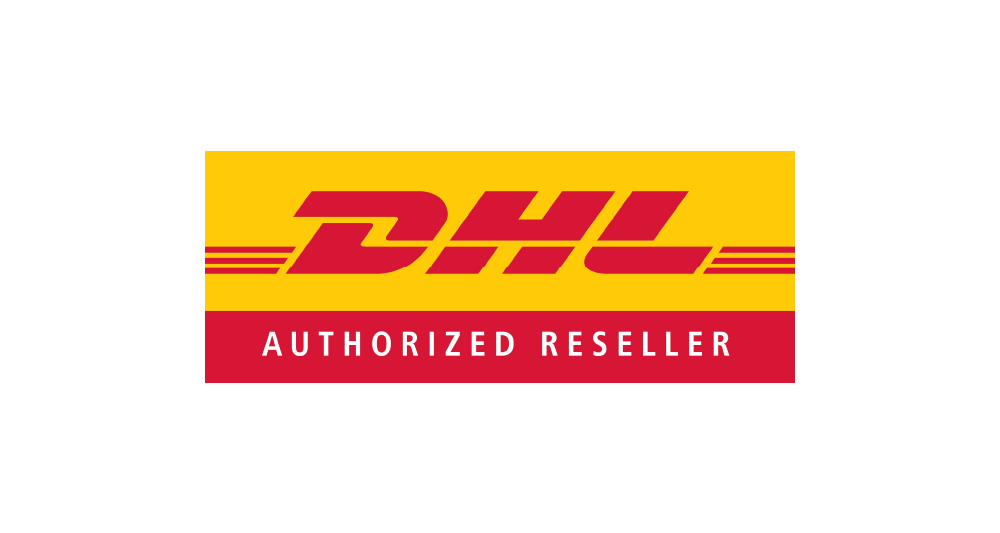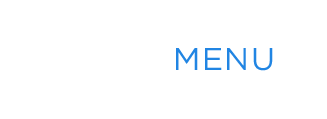Written by Amy Smith, DHL Blog
E-commerce is changing the rules of business on a global scale, allowing even the smallest business to reach consumers anywhere on the planet, quickly and with relative ease.
Here in the United States, both established organizations and online startups recognize the vast revenue potential beyond our borders, and they are adapting their strategies to deliver individual products to international consumers.
The proof is in the numbers. In 2017, global e-commerce retail sales reached $2.3 trillion, up almost 25 percent over the previous year.
As a result, something else has been changing: the rules and regulations governing duties on low-value (read: e-commerce) shipments. In 2016, the United States raised the de minimis value threshold from $200 to $800, meaning that most goods valued at US$800 or less can now enter duty-free into the U.S. That means that a greater number of shipments now qualify for expedited border clearance, since these low-value shipments are not delayed by formal entry or payment requirements.
The higher de minimis threshold promotes a positive trade environment and is a boon for U.S. consumers who buy low-value items from international e-commerce businesses. It also sets the stage for other countries to follow suit in raising their de minimis thresholds.
Most nations still maintain a low threshold for goods imported through their borders. Canada’s de minimis threshold, for instance, is $20 CAD, which means duties for almost every item imported.
If your e-commerce company sells to customers abroad, a change in the de minimis in your target markets means that certain goods can reach your customers faster and at a lower cost. That’s good for business and your global growth. Here is additional information about the de minimis threshold and its effect on e-commerce:
The U.S. Story
Since the implementation of the higher de minimis threshold in 2016, other U.S. agencies, such as the Food and Drug Administration and the Department of Agriculture, are exploring ways to exempt other low-value goods that are currently not covered by the de minimis rule.
The goal is to build on the success of the higher threshold, which has allowed an increase in express goods brought into the U.S. According to Customs and Border Protection (CBP), e-commerce was driving up express consignment billings even before the de minimis change;
there has been a nearly 50 percent increase in international packages in the last five years, and a 300 percent increase in international mail.
In fiscal 2013, the agency processed 150 million international mail shipments, and by fiscal 2017, that number was topping 500 million shipments.
The International Story
As part of ongoing discussions relating to a renegotiation of the North American Free Trade Agreement (NAFTA), the United States, Mexico and Canada are exploring the possible implementation of a uniform de minimis in all three countries – a move that would level the playing field for e-commerce companies doing business within the region.
At the same time, other countries are exploring registered foreign trader (trusted trader) programs that would provide foreign sellers with the benefits of a higher de minimis threshold in exchange for trade compliance requirements. The goal of the trusted trader approach is to allow low-value shipments while combating potential counterfeiting, undervaluation and security concerns.
Compliance Matters
The growth in e-commerce and the increase in the de minimis threshold has created certain challenges for the border clearance process. The CBP has responded to these issues, including security and intellectual property concerns, by creating a comprehensive e-commerce strategy.
Consumers in the U.S. should be particularly aware that the de minimis threshold applies to a single product shipped across the border on a single day.
Shipments cannot be broken down into smaller parts in order to avoid duties—in other words, a $1,500 item cannot be separated into three $500 shipments in order to meet the de minimis and avoid duties.
Similarly, goods cannot be purposely undervalued to qualify for de minimis.
If CBP sees a customer attempting either strategy – breaking goods down or undervaluing them – they will hold all of the shipments and request a formal entry. A formal entry includes a merchandise processing fee of 0.326 percent of the total value, with a $25 minimum.
They will then note that this shipper is violating the Sec. 321 rules and may hold future shipments from this shipper and the importer, requesting formal entries on any additional shipments. In the case of potentially undervalued goods, they will also ask for proof of the value.
Even more serious consequences can await customers who attempt avoiding duty charges more than once. Compliance matters—and non-compliance can cost businesses business.
If you are in the e-commerce business, de minimis is no small matter. What is your company doing to stay up to date on issues related to duties and taxes? Let us know on Twitter @DHLUS.




